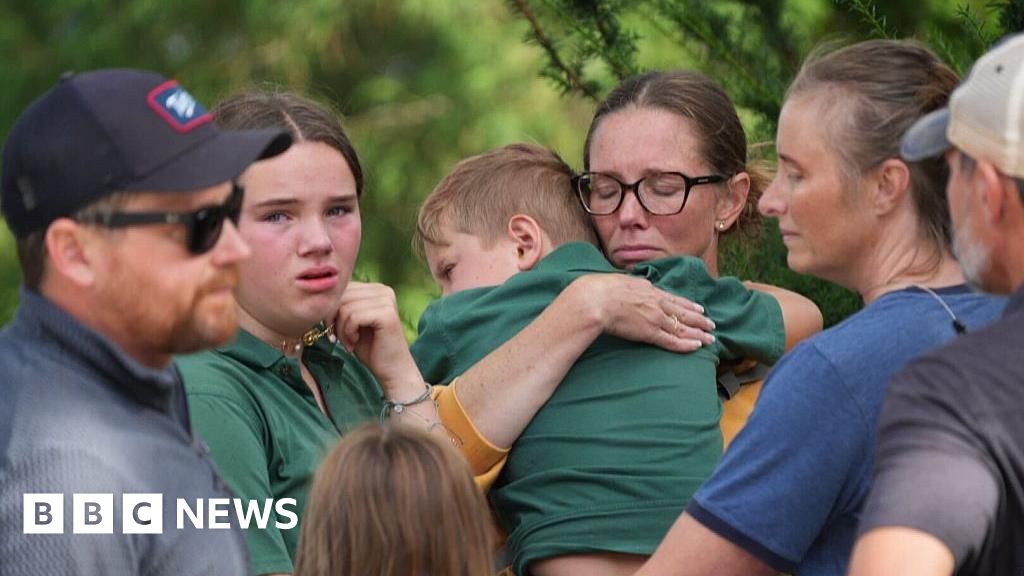Understanding Pneumonic Plague: Symptoms, Transmission, and Prevention

Pneumonic plague, recognized as the most lethal and contagious variant of the plague, has recently captured public attention following a tragic incident in Northern Arizona. On July 11, a patient exhibiting severe symptoms was rushed to Flagstaff Medical Center but unfortunately succumbed to the infection later that same day. This marked a significant public health concern as it represented the county's first recorded death due to pneumonic plague since 2007.
The cause of this deadly illness is the bacterium Yersinia pestis, a notorious pathogen that has historically caused devastating outbreaks. While many associate plague with flea-borne bubonic plague, pneumonic plague distinctly affects the lungs. Transmission occurs when an individual inhales infectious droplets expelled by a person who is already infected, or when an individual develops pneumonic plague after having contracted bubonic or septicemic forms of plague.
Symptoms of pneumonic plague manifest rapidly, typically appearing within one to four days following exposure. Initial signs include fever, chills, headaches, body aches, and notable weakness. However, the condition can escalate quickly, leading to severe pneumonia characterized by chest pain, rapid breathing, and the coughing up of bloody or watery mucus. Alarmingly, pneumonic plague is the only form of plague known to transmit directly from person to person, making it a particularly dangerous variant.
Without prompt antibiotic treatment, pneumonic plague can be nearly universally fatal, with death potentially occurring within 24 to 48 hours following the onset of severe symptoms. Despite its alarming nature, pneumonic plague cases are exceedingly rare, averaging approximately seven reported cases annually in the United States, predominantly in rural regions of Western states such as Arizona, New Mexico, Colorado, and parts of the Pacific Northwest. Those most at risk are often individuals who have close contact with wildlife or flea-infested environments, including ranchers, hunters, and even household pets.
In terms of transmission, pneumonic plague can be contracted through several discreet methods. The most direct means involves inhaling respiratory droplets from an infected person, particularly if they are coughing or sneezing nearby. Additionally, individuals can develop pneumonic plague following the initial infection of bubonic or septicemic plague, which is often contracted through flea bites or handling of sick animals.
For those living or working in rural areas—such as hunters, campers, or pet owners—the risk of exposure is heightened if they inadvertently come into contact with infected rodents or wildlife that may harbor fleas. The good news is that while pneumonic plague is extremely rare, anyone who suspects they have been exposed should seek medical attention immediately upon noticing fever or shortness of breath, as early intervention dramatically improves outcomes.
Preventative measures against pneumonic plague are relatively straightforward. Primarily, it involves avoiding contact with fleas and sick animals, alongside prompt action if you believe you have been exposed. When hiking or residing in rural settings, utilizing insect repellent containing DEET and wearing long pants securely tucked into socks can significantly reduce the risk of flea bites. It is also crucial to avoid touching dead animals and to prevent pets from exploring carcasses or roaming unsupervised in regions known for plague activity.
Ensuring pets are on a year-round flea prevention regimen, especially in areas where plague is known to occur, is vital. Should pets display signs of illness after a period outdoors, consulting a veterinarian is imperative, particularly if there has been any contact with wildlife. If you find yourself in close proximity to someone who is experiencing severe respiratory symptoms and you begin to feel unwell—especially if you also experience fever or chest pain—do not hesitate to seek medical care. While pneumonic plague can progress quickly, it is treatable with early antibiotic intervention. In essence, exercising caution around animals, taking measures to avoid flea exposure, and remaining vigilant about unusual symptoms are key strategies in mitigating the risk of this serious illness.



























